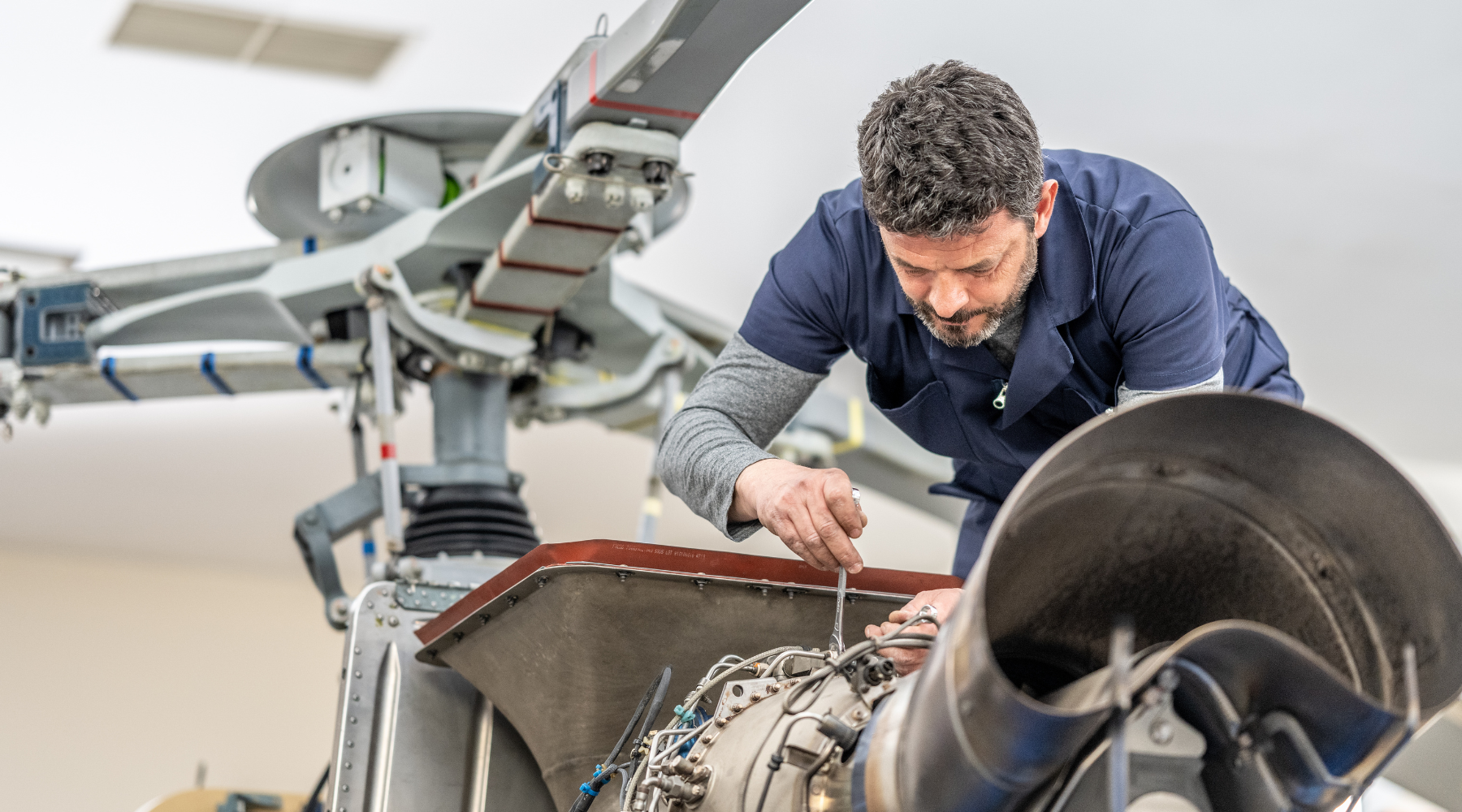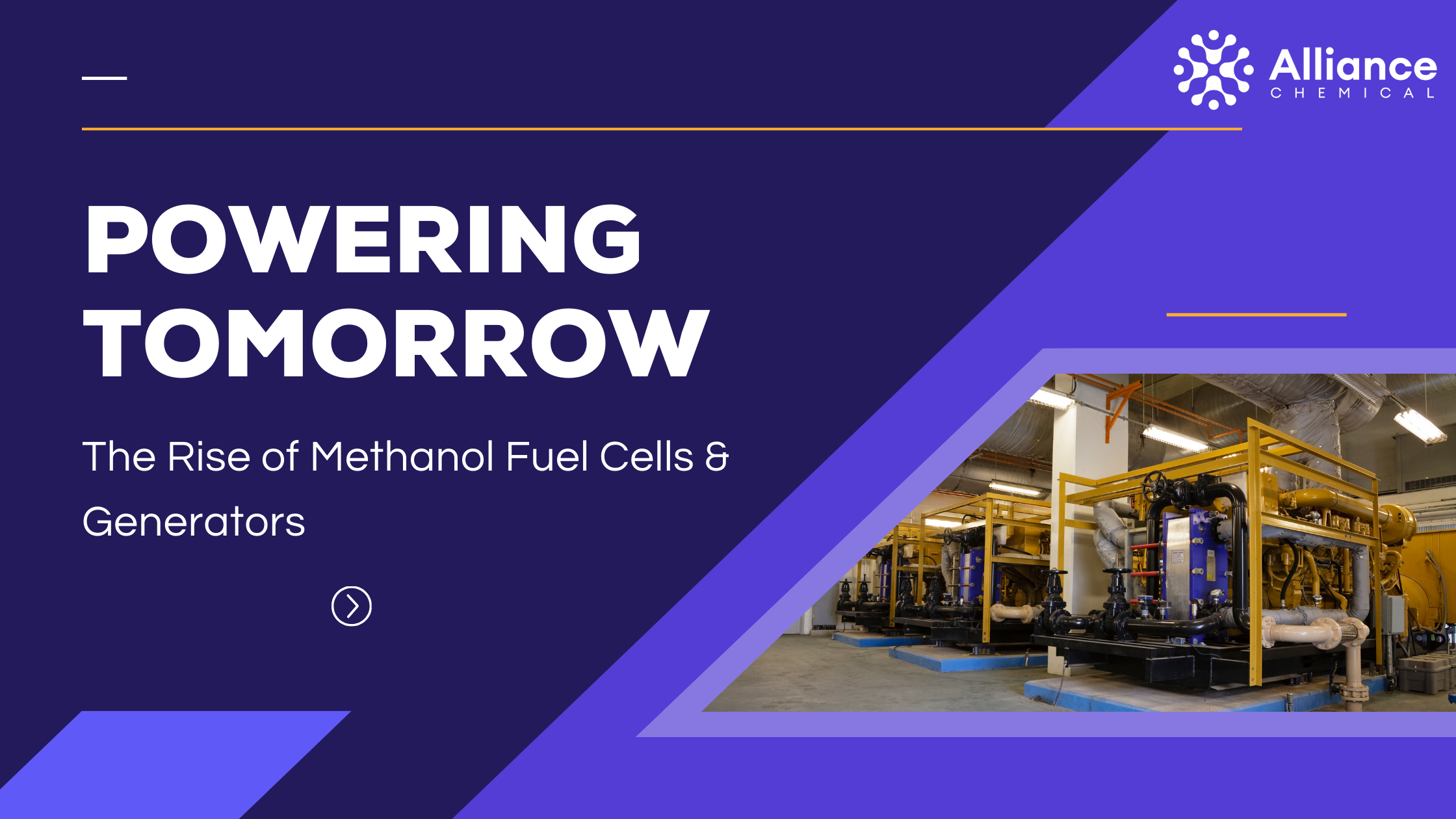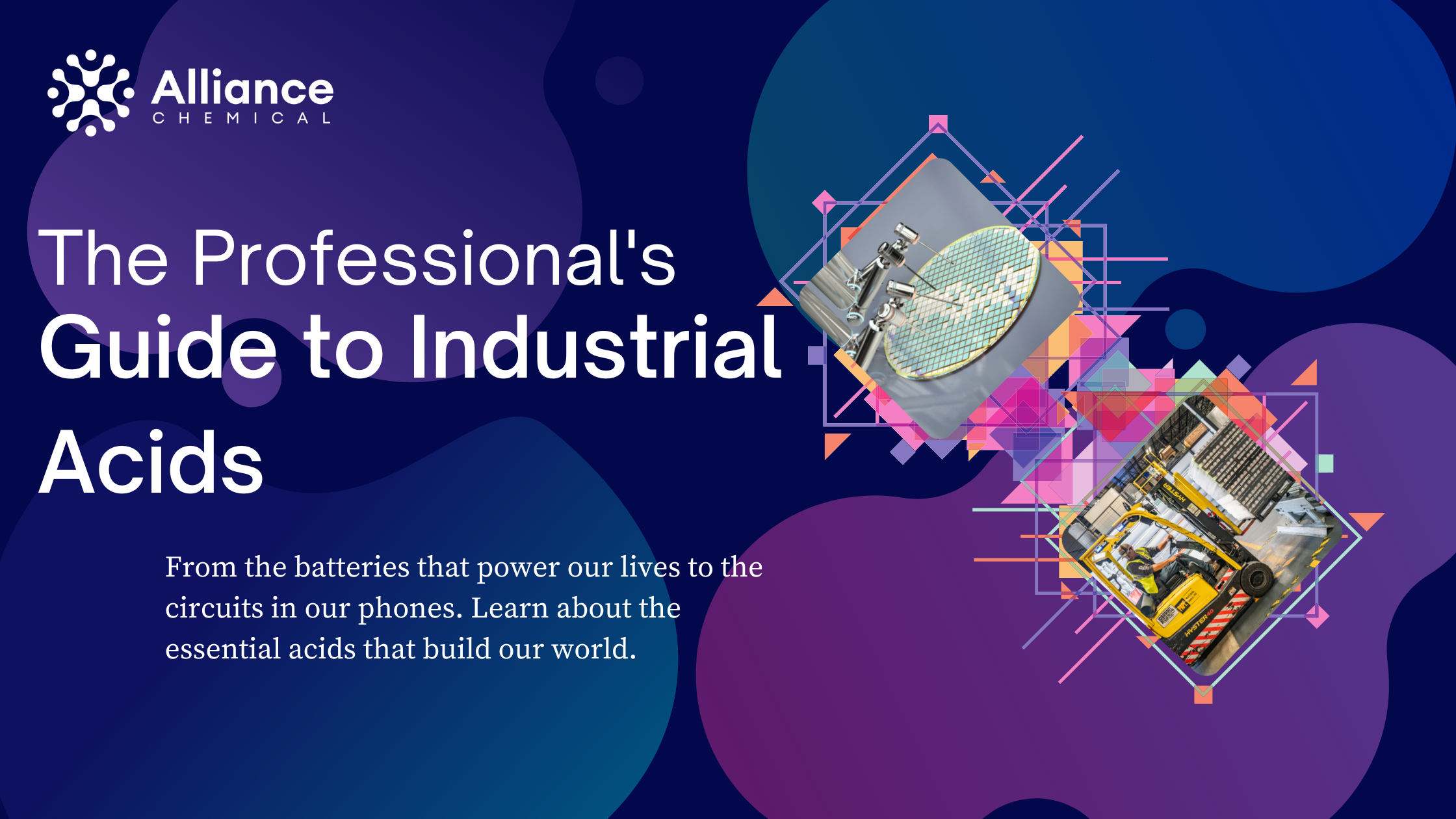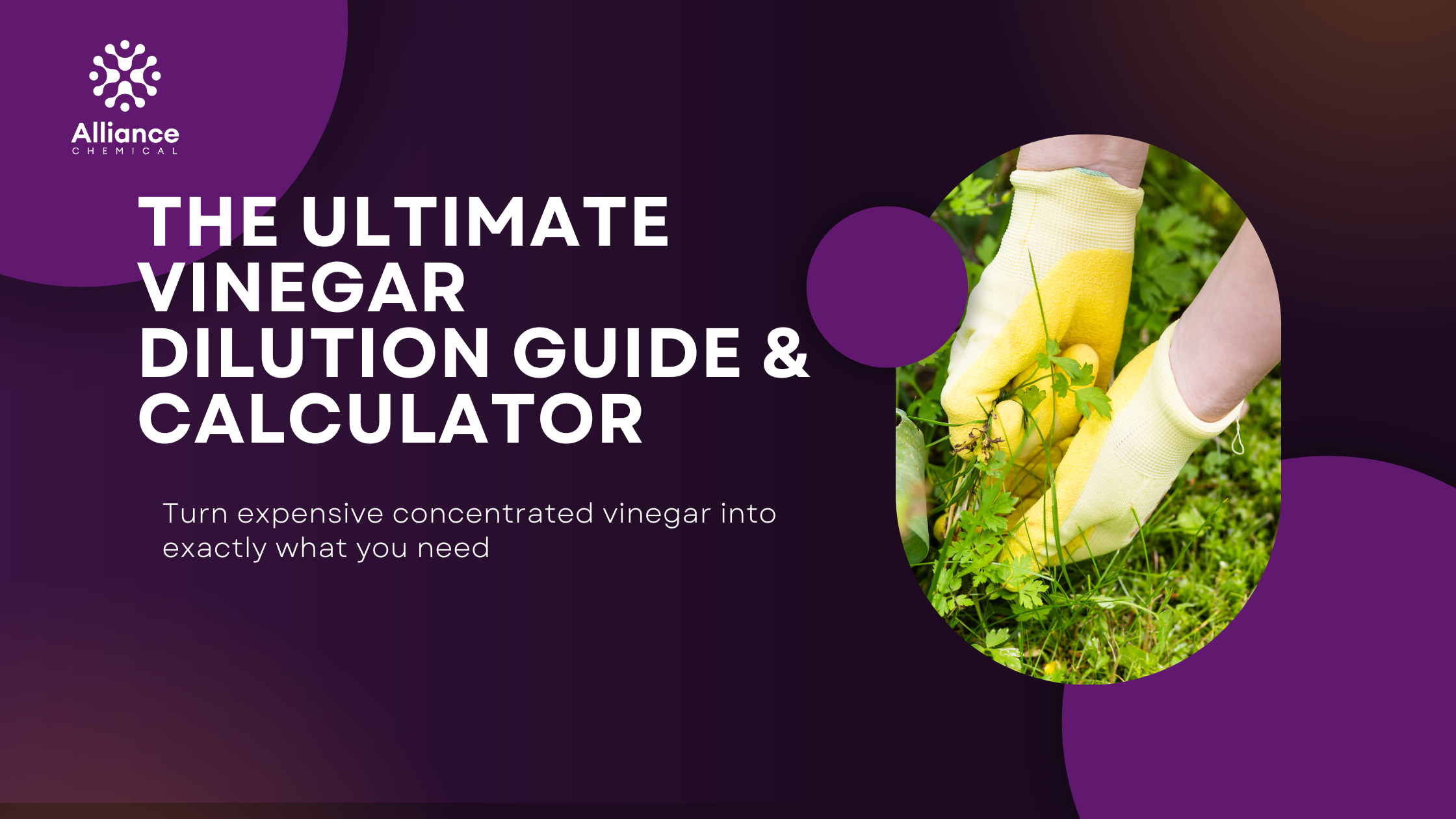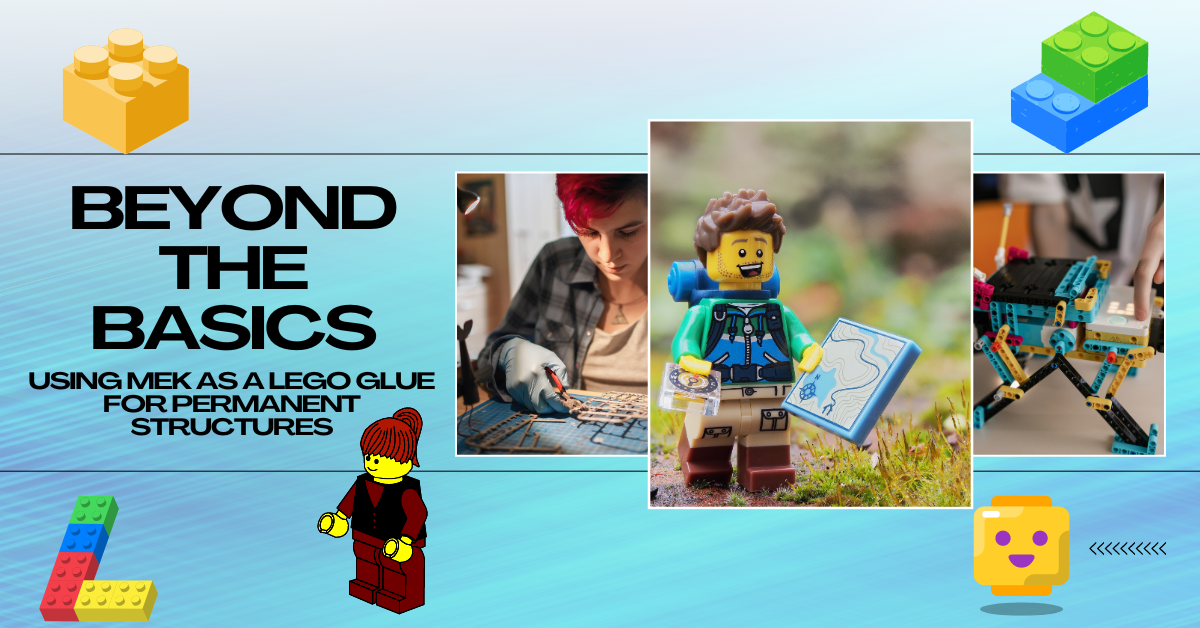
Beyond the Basics: Using MEK as a LEGO Glue for Permanent Structures
Table of Contents
Summary
For artists, engineers, and serious hobbyists, the LEGO brick is a medium of boundless potential. But for large-scale sculptures, intricate mosaics, or models destined for public display, the temporary "clutch power" of the bricks is insufficient. The professional solution is not glue, but solvent welding. This definitive technical guide explores the science of using Methyl Ethyl Ketone (MEK) to create permanent, monolithic LEGO structures, provides a detailed procedural guide for its application, and covers the critical safety protocols required for this advanced technique.
The Science of a Perfect Bond: Solvent Welding vs. Gluing
It's crucial to understand that using MEK is not "gluing." Traditional glues are additive: they are a separate substance that sits between two surfaces to hold them together. This creates a weak point and a visible, often messy, seam.
Solvent welding, in contrast, is a subtractive and cohesive process. LEGO bricks are made from a high-quality thermoplastic called Acrylonitrile Butadiene Styrene (ABS). Methyl Ethyl Ketone (MEK) is a powerful ketone solvent that is highly effective at dissolving ABS plastic.
When MEK is applied to the surface of a LEGO brick, it temporarily breaks down the polymer matrix, turning the hard plastic into a soft, semi-liquid state. When two such treated surfaces are pressed together, their polymer chains intermingle. The MEK, being highly volatile, then rapidly evaporates. As it leaves, the ABS plastic re-hardens, but now the polymer chains from both bricks are entangled. The result is a single, solid piece of plastic—a true weld that is often stronger than the original brick material itself.
A Step-by-Step Professional Guide to Solvent Welding LEGO
This process requires patience, precision, and an unwavering commitment to safety.
Step 1: Workspace Preparation and Safety Setup
- Ventilation is Paramount: Select a well-ventilated workspace, ideally with mechanical exhaust like a fume hood or a cross-breeze from open windows. MEK fumes are hazardous.
- Surface Protection: Work on a non-reactive surface like glass, a metal tray, or a dedicated cutting mat. MEK will melt through many plastics and damage finished wood.
- Assemble Your PPE: Put on your chemical-resistant gloves (nitrile is acceptable for short-term use, but butyl or laminate film is better) and splash-proof safety goggles. A NIOSH-approved respirator with organic vapor cartridges is highly recommended.
Step 2: Gather Your Tools and Materials
- High-Purity MEK: A quality Technical Grade MEK is perfect for this application.
- Applicator: Do not apply directly from the can. Use a fine-tipped, natural-hair artist's brush or a precision needle-point applicator bottle.
- Small Glass or Ceramic Dish: Decant a small, usable amount of MEK into a stable dish to work from.
Step 3: The Welding Process
How-To: The Capillary Action Technique
This is the cleanest and most professional method.
- Dry Fit First: Assemble the two LEGO bricks exactly as you want them. The fit must be perfect.
- Load Your Brush: Dip the very tip of your fine brush into the MEK. You only need a tiny amount.
- Touch the Seam: Gently touch the tip of the brush to the seam between the two bricks. Capillary action will instantly wick the solvent into the tiny gap. You will see a slight "wetting" effect travel along the seam.
- Apply Gentle Pressure: Immediately apply firm but gentle pressure to the two bricks for 10-15 seconds. This ensures the softened plastic fuses completely.
- Hands Off: The initial bond is set in seconds, but the plastic is still soft. Allow the piece to sit undisturbed for at least 10-15 minutes before handling it further. A full cure, where the bond reaches maximum strength, can take up to 24 hours.
Advanced Technique: Creating a "Slurry" for Gap Filling
For filling seams or creating custom shapes, you can create a plastic slurry. In your glass dish, dissolve small scraps of ABS plastic (from a donor brick of the same color) in MEK until it forms a paste-like consistency. This can be carefully applied with a toothpick to fill gaps, and it will cure into solid ABS plastic.
Buyer's Guide: Selecting the Right MEK Grade
| Grade | Purity Standard | Key Characteristics | Primary Applications |
|---|---|---|---|
| Technical Grade | Industrial Specification | High purity, ideal for solvent applications where performance is key. | Solvent welding LEGOs, industrial cleaning, degreasing, paint and adhesive formulation. |
| ACS Grade | American Chemical Society | Extremely high purity with certified low levels of impurities. | Laboratory research, analytical testing, high-tech manufacturing where purity is paramount. (Generally overkill for hobbyist use). |
MEK vs. The Alternatives: A Technical Solvent Comparison
| Welding Agent | Action Speed | Bond Strength | Material Specificity | Key Advantage |
|---|---|---|---|---|
| MEK | Fast | Extremely High | Excellent for ABS & Styrene | The professional's choice for strength and speed. |
| Acetone | Very Fast | High | Good for ABS, but can be too aggressive. | Readily available, great for vapor smoothing. |
| Specialized Hobby Cements | Varies (Slow to Fast) | Good to High | Formulated for specific plastics. | Often have easier-to-use applicators. |
MANDATORY Safety Protocols for Handling MEK
Methyl Ethyl Ketone is a hazardous chemical with significant health and safety risks. It is flammable and its fumes are toxic. This is for adult use only and must be handled with extreme care.
- High Flammability: MEK is extremely flammable. Eliminate ALL sources of ignition—sparks, open flames, pilot lights—from the work area.
- Severe Inhalation Hazard: MEK vapors can cause serious irritation to the eyes and respiratory tract. High concentrations can lead to dizziness, headaches, and other central nervous system effects. A NIOSH-approved respirator with organic vapor (OV) cartridges is mandatory.
- Ventilation is CRITICAL: Use MEK only in a very well-ventilated area, preferably with active mechanical exhaust. An open window is not sufficient for prolonged use.
- Personal Protective Equipment (PPE): In addition to a respirator, always wear chemical-resistant gloves (butyl or laminate film are best) and splash-proof safety goggles.
- Storage and Disposal: Store in its original, tightly sealed metal container in a dedicated flammable liquids cabinet. Dispose of MEK and MEK-soaked materials as hazardous waste according to all local regulations.




